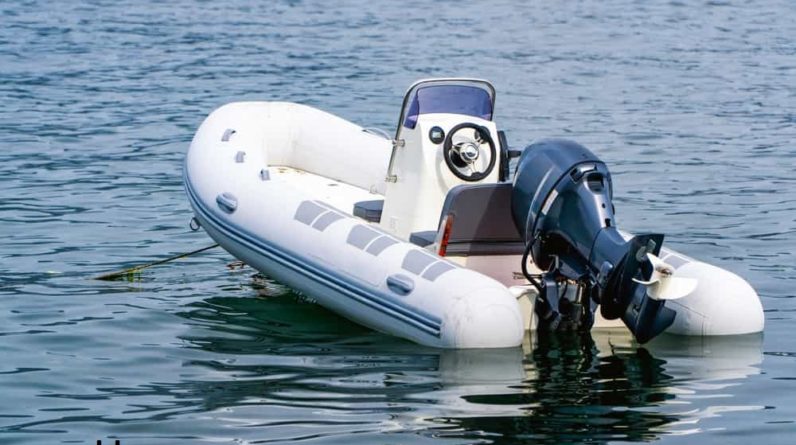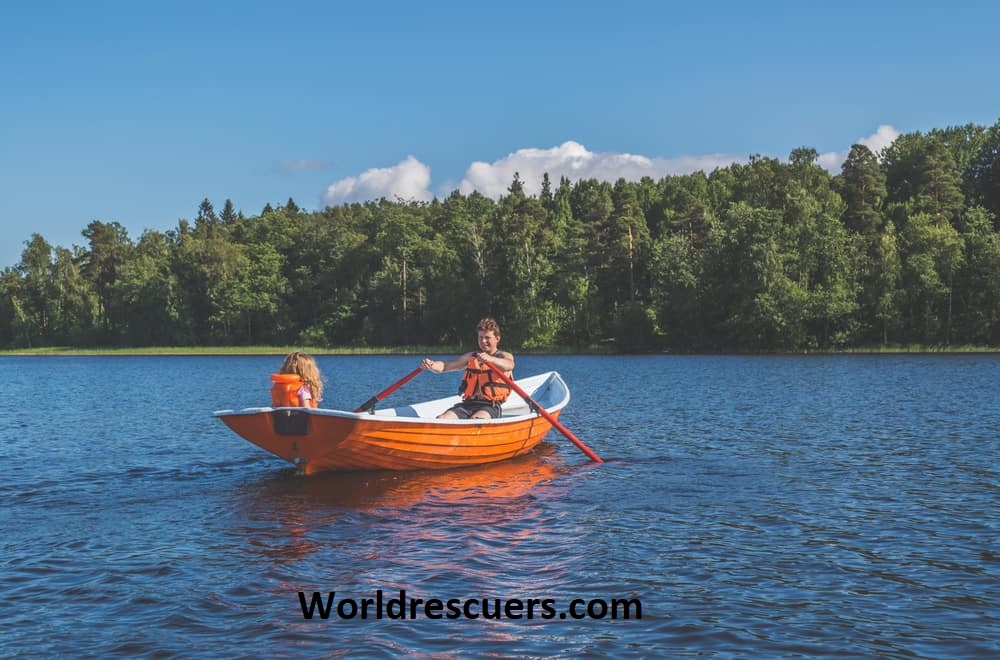
What is the meaning of Boatings?
Boatings- Rowing or sailing of boats as a recreational or sports activity well-defined the world of boating. These boats may be engine or manual based. Ensuring certain boatings are necessary. These certain things are mentioned in this piece of article.
Basic Types of Boats
1. Row Boat
these are the basic boats having very basic operational procedures. These boats are operatable by hand with human efforts and require certain skills.
Limited passenger carrying capacity is also a feature of these boats, making them suitable for inshore boatings trips.
2. Sail Boats
Wind pressure is a powerful source for the operation of boats. These boats used the wind pressure during rowing or sailing. The triangular shape of Sails is the tool to harness the wind. These sails made up of fiber, canvas, nylon, or polyester. Special skills are required to operate these boats. Therefore, this sort of boat is not suitable for beginners for boatings.
3. Motor Boats
A motor boat is generally any vessel having an engine attached to it. The rear section of the boat-Stern is the place to install the engine on these sorts of boats. This installed speed engine is the main to sail the boat. Gasoline-based engines are common in the world to run these boats. These boats also required technical skills to operate the vessels safely.

4. Inflatable Boat Rescue
These boats are suitable for short trips and skinny water. Heavy water waves make these boats prone to puncturing and rolling over. These are feasible in lakes, stable rivers, ponds, etc.
5. Paddle Boats
These simple boats are feasible for one to four persons for a very short tour. Mostly used in lakes and ponds. Passengers drive these sorts of boats by just simply peddling them like bicycles.
General guidelines for boating administration
- Ensure the boat is in good working condition and does not have cracks and water leakage before starting boatings activities.
- Ensure radio or another communication system among operators and commanders at the base station.
- Load the boat according to its designed loading capacity and ensure balanced load distribution in the boat before initiation of the tour.
- An Emergency Response Team of divers/swimmers on standby must be available to cop with any emergency.
- Ensure the availability of a safety officer responsible for checking the proper use of provided Personal Flotation Devices.
- The safety officer shall conduct a safety Tool Box Talk (TBT) and discuss emergency procedures with passengers and operators before the initiation of the tour.
- Operators should be aware of SOS (Save our souls) signals
- Develop and maintain a log comprising the name, address, emergency contact, etc., of all passengers.
- Develop a float plan comprising route, number of trips, and duration for each boat.
- Ensure the provision of life jackets, including infant life jackets of the appropriate size, to all passengers, including boat operators.
- Ensure the availability of Personal Flotation Devices (PFD) with whistles in working condition.
- Ensure the availability of required oars on the boats
- Install and ensure proper working of dewatering pumps.
- Check the Environmental/weather conditions before sailing
- Restrict swimming in boating areas
- Ensure the availability of a first aid box at the base station
- Report and record all minor and major incidents and develop plans to avoid the reoccurrence of these incidents.
Specific Measures Required for OBM Boats
- The operator should know the proper engine mount, dismount, and storage procedure of OBMs.
- Ensure the engine mount procedure with good body posture to avoid possible injuries.
- Ensure bracket screws are properly tight and OBM is hooked with the boat using rope/chain.
- Connect the fuel tank with OBM as per the defined procedure in its user manual and ensure the fuel level is up to the mark before ignition of the engine.
- Check that everyone is seated comfortably before starting the trip, and no one should be allowed to stand during the journey.
- The operator must know the general troubleshooting of OBM.
- Boatings operation completed on a prescribed route and time.
- Ensure smart size, fully charged, accessible fire extinguisher on board with proper signage.
- Operate the boat at a safe, designed speed at all times.
- Prohibit passengers from the board or un-board boats from the water while the engine is ON.
Note: Ensure all staff members are trained to perform CPR and First Aid and manage all other possible emergencies.
Rescue Boat
The firefighters and Rescuers are the professionals who have the duty to keep operationalizing the Rescue boats. In developing countries, firefighters and rescuers are the same. Both cadres- firefighters and EMS professionals, are known as rescuers in these countries.

Hi, I am John Smit a Captain in Fire Department City of Newyork with over years of experience in the field of Firefighting and HSE. My passion for fire safety started when I was a young boy and witnessed a neighbor’s house go up in flames along with precious lives. Since then, I had dedicated my life to ensuring the safety of buildings, properties, and individuals in case of a fire and medical emergencies.

